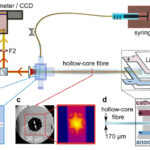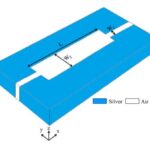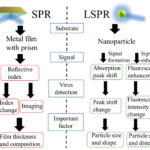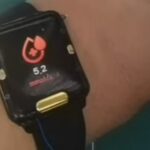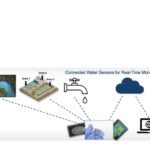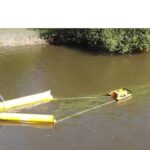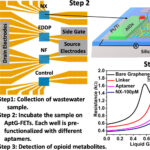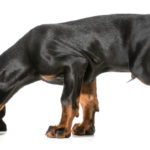Hollow core fiber (HCF) optical sensors are used in applications including Li-ion battery research and development (R&D), robotic arms, civil engineering infrastructural health monitoring, and biosensing. Some of the attributes of HCF optical sensors are small footprints, non-conductance, chemical stability, and high dynamic ranges. In the case of activities like Li-ion R&D, HCFs can be […]
Biosensor
How does skin color impact biosensors?
To determine blood oxygen (arterial blood oxygen saturation (SpO2)) and pulse rate, many biosensors use the reflectance of red and infrared (and sometimes green) light. Based on photoplethysmography (PPG), an optical technique that measures blood volume variations, dual-wavelength PPG pulse oximeters noninvasively measure/calculate the arterial oxygen saturation (SpO2). An oximeter transmits radiation at a known […]
What are next generation bio sensing techniques? Part 2
Part 1 of this blog explored research into localized surface plasmon resonance (LSPR) sensors. This part discusses a surface plasmon resonance/surface-enhanced Raman scattering (SPR/SERS) dual-mode plasmonic biosensor and two other sensing techniques. The SPR/SERS biosensor based on catalytic hairpin assembly (CHA)-induced Au nanoparticle (AuNP) network was proposed for highly sensitive and reliable detection of a […]
What are next generation bio sensing techniques? Part 1
With the ease that people can travel around the world, viruses spread through droplet transmission are one of the most dangerous causes of infectious diseases. The COVID-19 pandemic made this point quite clear. One of the obvious responses to prevent a reoccurrence of this type of situation is effective virus detection technology to prevent the […]
What’s new in glucose sensing?
Key driving forces for new or next generation products include (1) critical need, (2) broad, global usage and (3) sufficient volume requirements to justify R&D expenditures. Glucose sensing/monitoring meets these criteria and more. In the United States alone, the American Diabetes Association (ADA) says over 133 million Americans have diabetes or prediabetes [1]. According to […]
How can low-cost sensors help address climate change?
According to the recent IDTechEx report “Printed and Flexible Sensors 2022-2032: Technologies, Players, Markets,” low cost printed/flexible sensor technologies could play a significant role in adapting to climate change [1]. Adapting could take various forms, from changing the areas in which specific crops are grown to building flood defense systems and even relocating cities in more […]
How can sensors help cleanup waterways?
Twenty years after its first-generation design was introduced (2002), iRobot’s Roomba has spawned many competitors for indoor cleanup and made several advancements to its initial capabilities. Interactive Autonomous Dynamic Systems (IADYS) has applied the autonomous robot concept to address cleaner and safer water in rivers, canals, lakes, ponds, shipyards and more. IADYS’ Jellyfishbot autonomously collects […]
How can opioid metabolites be detected in wastewater?
Researchers at Boston College, Giner Labs and Boston University say the answer is a graphene electronic multiplexed sensor (GEMS) platform that enables the simultaneous sensing of four different target opioid-derived molecules in wastewater samples. The graphene-based field effect transistors detect four different synthetic and natural opioids, while shielding them from wastewater’s harsh elements. The ability […]
How is biomarker sensing expanding?
Pathogens, infectious agents that cause disease, can include microscopic viruses, bacteria, fungi and protozoa. Both biomarkers and biosensors can detect and identify pathogenic agents. After using biomarkers to measure and detect pathogenic factors and assess biological conditions., drugs can be delivered to the target tissue so that other tissues are not damaged. Biomarkers are widely […]
Can a dog’s sense of smell be duplicated? Part 2
Part 1 of this blog discussed the progress that has been made by researchers to create a sensor and add artificial intelligence for detecting cancer in test subjects. While their research was very focused, it could lead to other applications where dogs’ sense of smell helps solve difficult but common problems. Perhaps other researchers will […]

